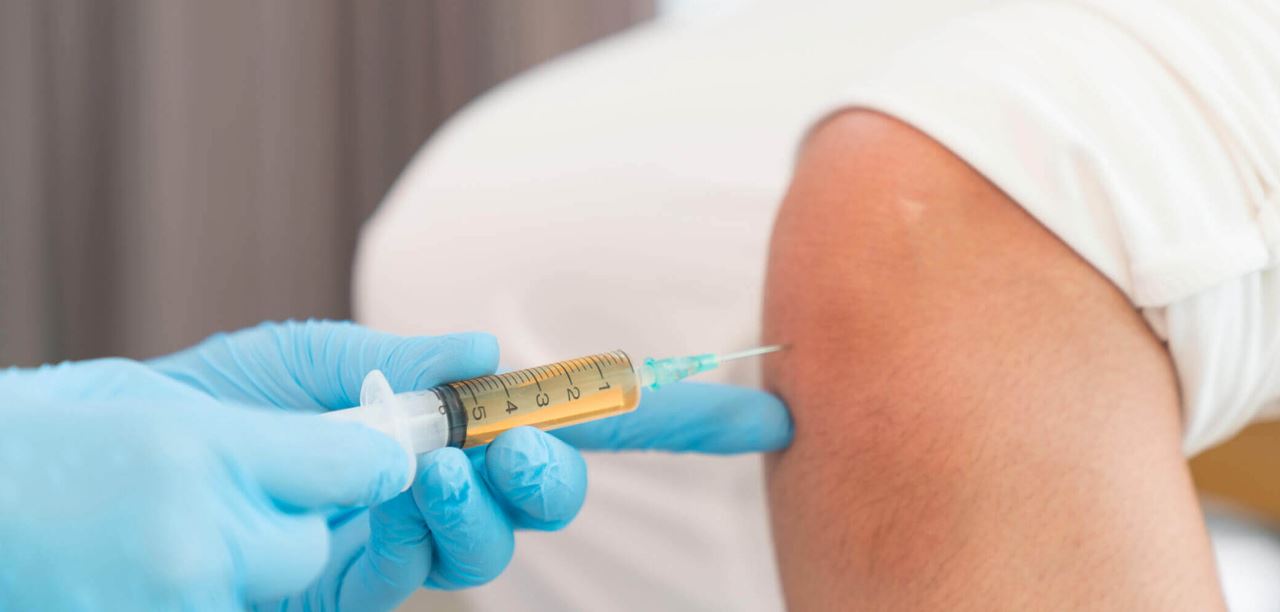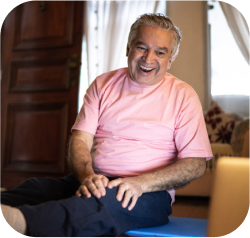The use of orthobiologics, natural substances derived from the body intended for accelerated repair and regeneration of injured tendons, ligaments, muscles or bones, has increased over the last several years. Platelet-Rich Plasma (PRP) is a type of orthobiologic that has been used to manage knee osteoarthritis (OA) for more than a decade. The theory is that a concentrated extract of platelets from autologous blood, are mediated by anti-inflammatory and pro-angiogenic growth factors, inhibiting cartilage tissue breakdown and promoting tissue regeneration.
Although literature indicates that the use of PRP is safe, its clinical efficacy has not been definitively established. Some studies have shown significant reduction in pain scores with functional improvement at 6 months and 1 year, however the external validity of these studies have been limited. Nevertheless, given its high margin of safety, ease of preparation, extensive direct-to-consumer marketing, the PRP market is exploding. Over the next 10 years, the global market is projected to increase between $380 million and $4.5 billion dollars. In the US, 1 PRP injection costs an average of $714, however, its value in relieving pain, improving function and delaying knee replacement is highly controversial. A recent report by Rajan et al. presented a cost analysis to evaluate the use of PRP in delaying the need for total knee arthroplasty.
Markov models are decision trees that simulate clinical courses as transitions between discrete health states. These transitions are governed by probabilities and health states have a quality-of-life value (QOL) and costs. In this study by Rajan, a Markov model was developed to analyze the baseline case. a 55-year-old patient with Kellgren-Lawrence grade-ll or lll OA underwent a series of three PIP injections with a 1-year delay to TKA vs. a TKA from the outset. Primary outcome measures were total costs and quality-adjusted life years (QALYs).
The results showed that PRP injections resulted in 14.55 QALYs compared with 14.63 for TKA, with total healthcare costs of $26,619 and $26,235, respectively. From the outset, TKA produced a higher number of QALYs at a lower cost. In the model, PRP was cost-effective when the QOL value was increased from the published value of .788 to >.89.
In conclusion, when considering direct and unpaid indirect costs PRP injections are not cost-effective. The primary factor preventing PRP from being cost-effective is not the price per injection but rather a lack of established clinical efficacy in relieving pain, improving function and delaying TKA. Nevertheless, PRP may have a value for higher--risk patients with high perioperative complication rates, higher TKA revision rates or poorer postoperative outcomes.
References:
P. A. Rajan et al.:J. Bone Joint Surg.102:1637, 2020.





